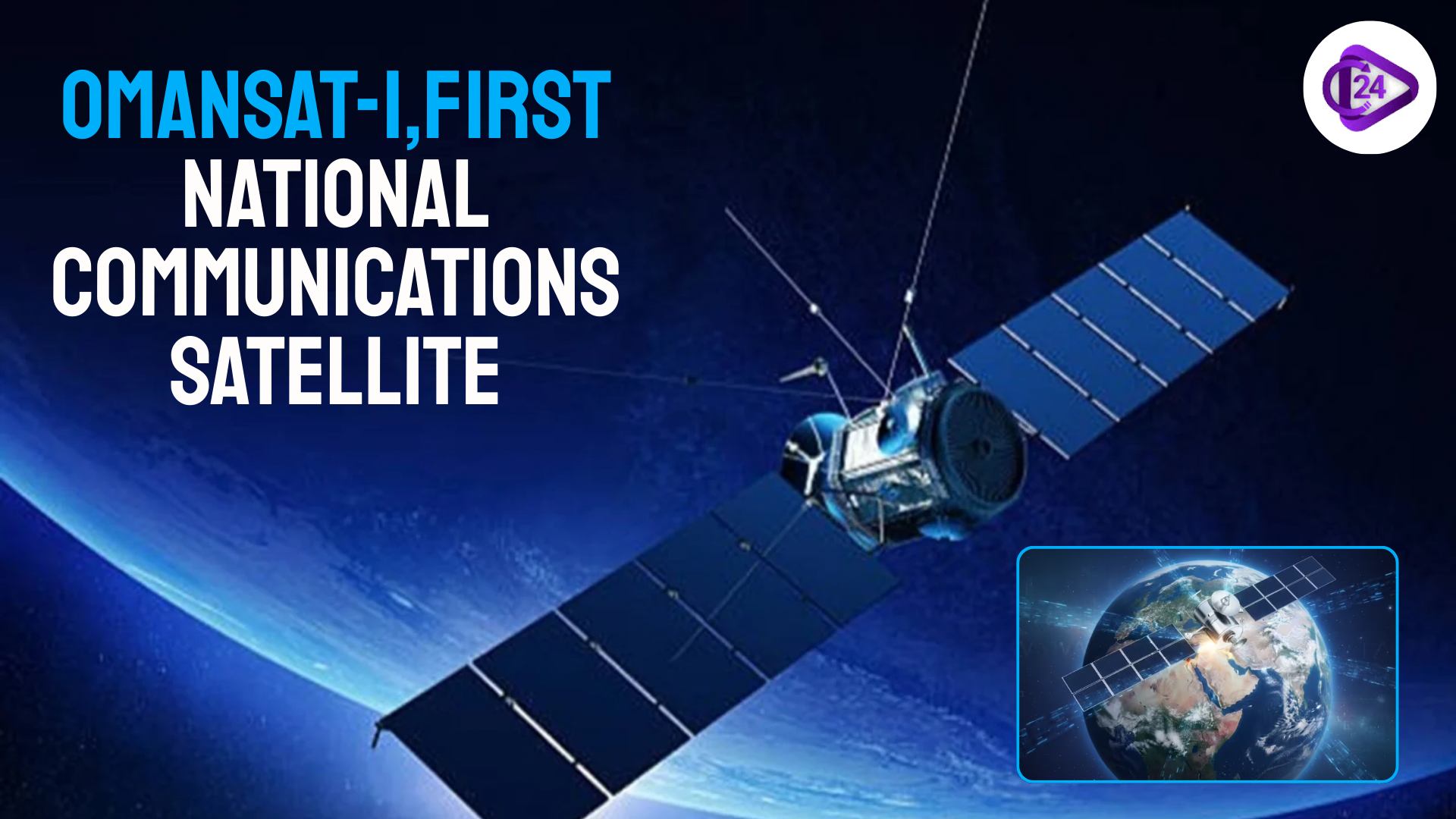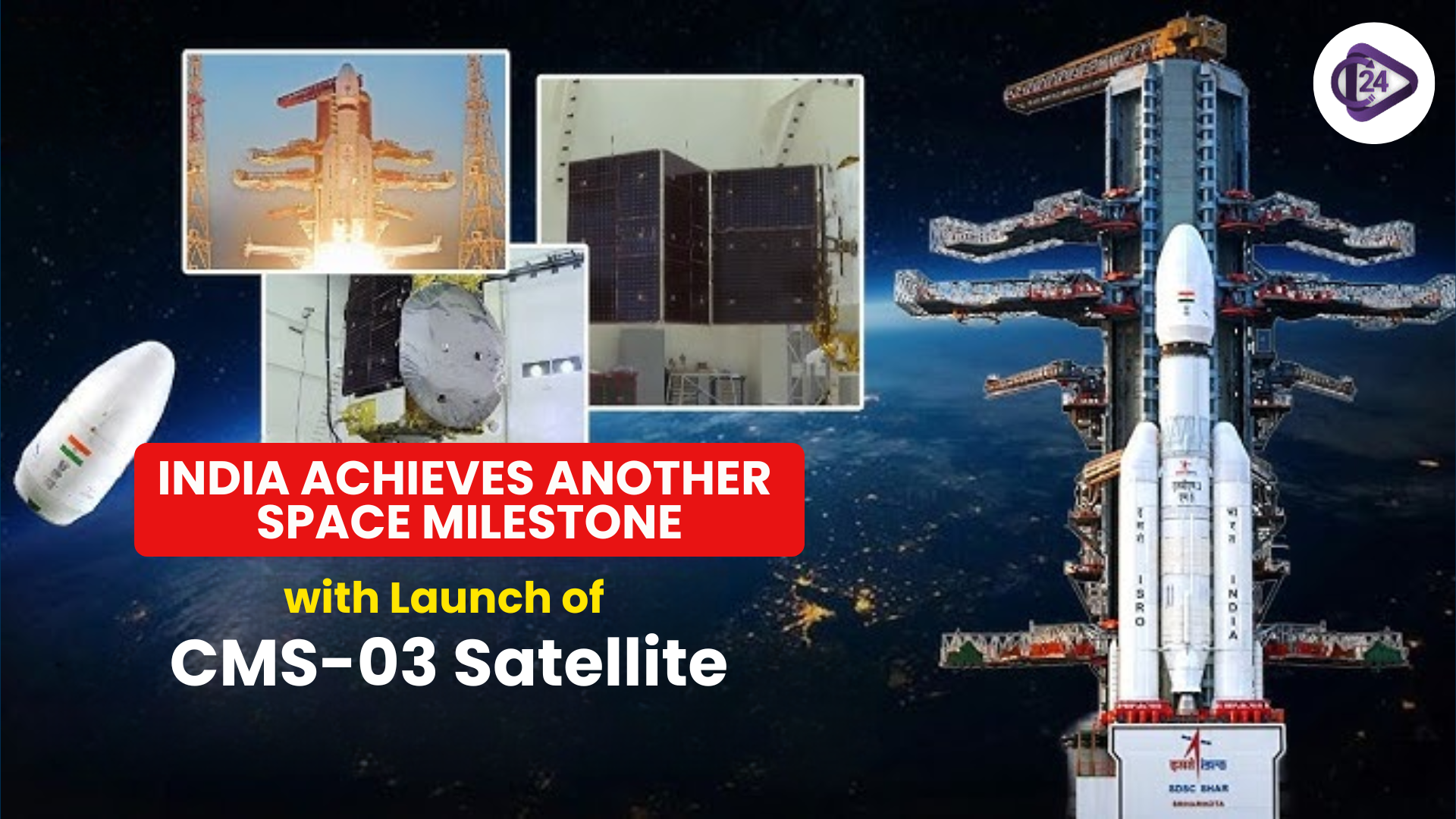
In India, the space economy is expected to rise to USD 8.4 billion in 2022 to USD 44 billion by 2033 with the target of 8 percent of the global market share. The nation has more than 400 private space companies, and this is the 5th in the world in terms of the number of space companies. The Indian government is opening the potential by reforming its policies, funding ventures, and government-private cooperation such as, ISRO, IN-SPACe and NewSpace India Limited (NSIL). As other companies have become profitable, India is on-track to become a very expansive space country with several big milestones such as the Bharatiya Antariksh Station (BAS) and human spaceflight missions likely to be achieved in the near future.
Key Points in Detail
Space Economy Projection.
-
In 2022, India had over 2-3 percent of the world space economy, but it is projected to grow to 8 percent and 15 percent by 2030 and 2047, respectively.
-
The rise is beginning to focus on private players, and there are almost 200 space startups by 2024 compared to only one in 2022.
-
Increasing funding Space startups increased by 67.2 million in 2021 to 124.7 million in 2023.
Major Industry participants in the Indian Space Industry.
-
ISRO (Indian Space Research Organisation): It is oriented toward research and development and scientific exploration, as well as the adoption of the industry in operational space systems.
-
IN-SPACe: Facilitates transfer of technology, promotes space activity by individuals and data on remote sensing.
-
NewSpace India Limited (NSIL): Commercial wing of the Department of Space, charged with the responsibility of purchasing space assets and commercialising the technologies of ISRO.
-
Private Startups: Especially Skyroot which started with the first privately-made rocket Vikram-S in India and will transform the process of satellite launches.
Indian Space Policy 2023 and Its Enforcement.
-
The Indian Space policy 2023 will seek to offer a level playing ground to Non-Government Entities (NGEs) in space activities.
-
SpaceTech Innovation Network (SpIN): This initiative aims to provide an opportunity to collaborate between startups and SMEs in the development of space technologies.
-
Policy on FDI: 100 percent FDI in manufacturing of space sector and satellite components.
Great Space Achievements and Vision 2047.
-
Space Vision 2047 will work toward attainment of significant achievements such as:
-
Bharatiya Antariksh Station (BAS) 2035.
Indian Moon Landing by 2040.
-
Gaganyaan: 2027 First human spaceflight.
-
Chandrayaan-4 (2027) moon sample collection and moon return technology test.
-
Venus Orbiter Mission (VOM) by 2028.
-
Next Generation Satellite Launch Vehicle (NGLV) by 2032.
Funding and Government Reforms.
-
Space Sector Reforms (2020): Enabled the involvement of the private sector, role separation between IN-SPACe, ISRO and NSIL.
-
Venture Capital Fund: 1,000 crore fund to be used in helping in the field of space.
-
Make in India (MII) & Atmanirbhar Bharat programmes: Space technologies local manufacturing.
Challenges
-
Setting up a manufacturing and assembly infrastructure of rockets and satellites in India.
-
Providing a strong regulatory environment in the participation of the privatized sector.
-
Incorporation in world supply chains of hi-tech space technologies.
Conclusion
The space economy in India is growing in a transformative manner, with major steps in terms of the participation of the private sector, space startups, and cooperation with other countries. Indian Space Policy 2023 and Vision 2047 open the door to India becoming a world leader in space, with such long-term goals as human spaceflight and even interplanetary missions. The self-reliance drive under efforts such as Make in India and Atmanirbhar Bharat is bringing its space dreams into line with the overall economic progress and technological domination of India. In the case of UPSC, this has been an illustration of how strategic policy and partnership with the government can drive India to the top of the space exploration world.



 PM Modi to Launch Skyroot’s Multi-Launch Vehicle Facility
PM Modi to Launch Skyroot’s Multi-Launch Vehicle Facility OmanSat-1 Oman’s First National Communications Satellite Launched Successfully
OmanSat-1 Oman’s First National Communications Satellite Launched Successfully India’s First Commercial PSLV to Propel Oceansat into Orbit Early Next Year
India’s First Commercial PSLV to Propel Oceansat into Orbit Early Next Year India’s First MWh-Scale Vanadium Redox Flow Battery Inaugurated at NTPC NETRA
India’s First MWh-Scale Vanadium Redox Flow Battery Inaugurated at NTPC NETRA Maharashtra Becomes First Indian State to Collaborate with Elon Musk’s Starlink
Maharashtra Becomes First Indian State to Collaborate with Elon Musk’s Starlink ISRO’s Bahubali Rocket Successfully Launches India’s Heaviest Communication Satellite CMS-03
ISRO’s Bahubali Rocket Successfully Launches India’s Heaviest Communication Satellite CMS-03 IIT Madras Develops India’s First Hybrid-Rocket VTOL for Controlled Soft Landing
IIT Madras Develops India’s First Hybrid-Rocket VTOL for Controlled Soft Landing Google Quantum Technology: Revolutionizing Drug Discovery & Materials Design
Google Quantum Technology: Revolutionizing Drug Discovery & Materials Design India’s GalaxEye Set to Launch Pioneering Multi-Sensor EO Satellite in 2026
India’s GalaxEye Set to Launch Pioneering Multi-Sensor EO Satellite in 2026 World’s 1st Functioning AI-designed Viral Genome
World’s 1st Functioning AI-designed Viral Genome






